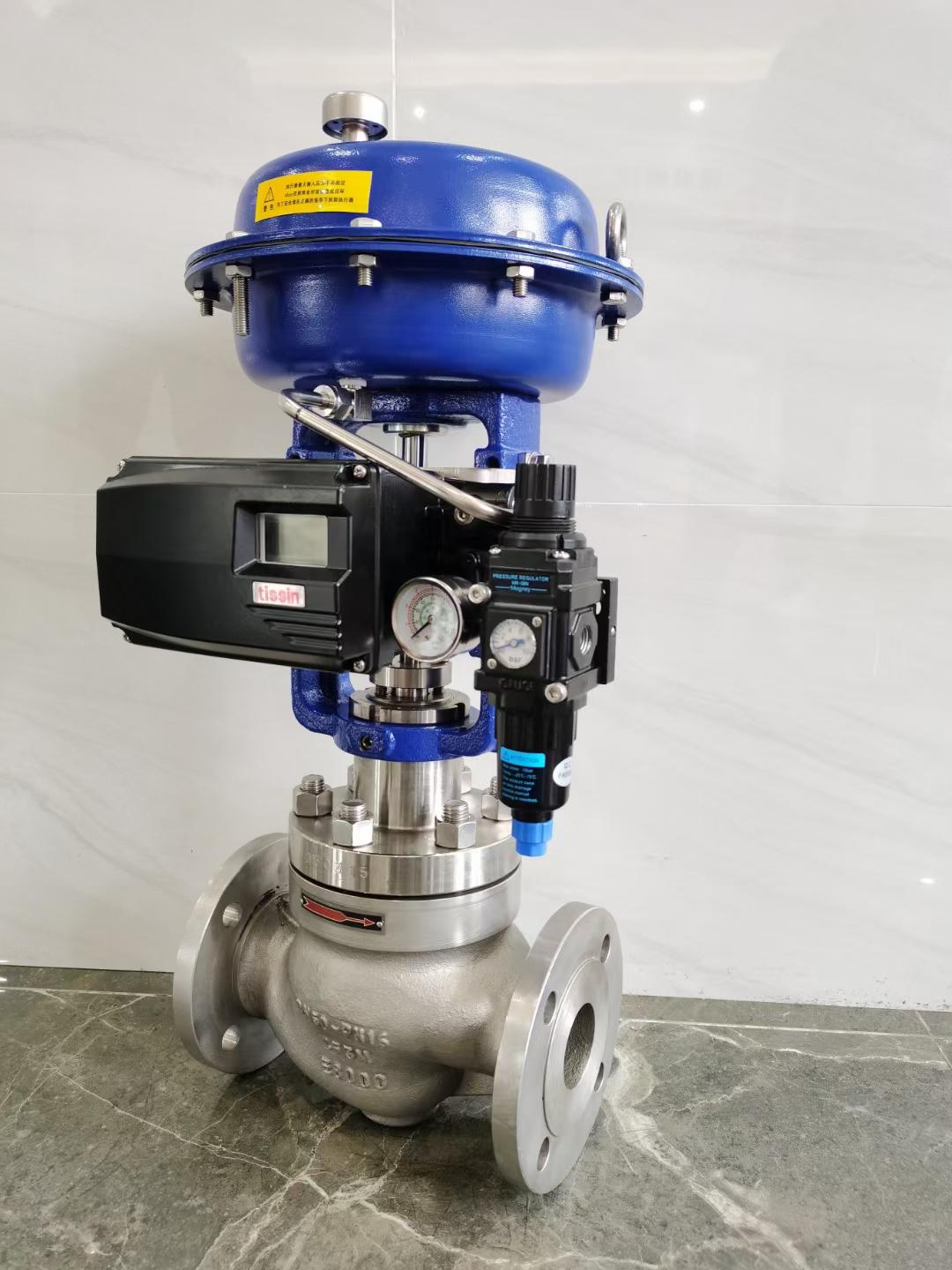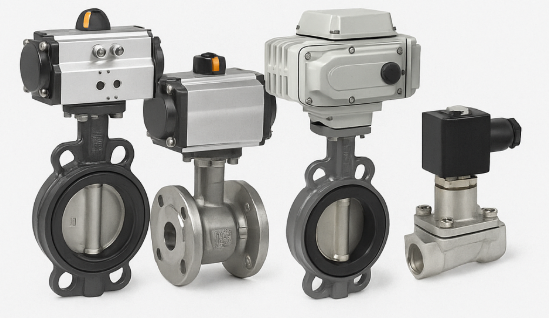In the complex world of fluid control, selecting the right industrial valve is critical for efficiency, safety, and long-term cost savings. Whether you’re handling water, gas, oil, chemicals, or steam, the correct valve ensures proper flow regulation and system integrity.
In this guide, we explore the three main types of valves: manual valves, control valves, and solenoid valves, along with their common body types — such as ball valves, gate valves, knife gate valves, and globe valves.
🔧 Manual Valves: Simplicity Meets Reliability
Manual valves are manually operated, requiring physical intervention to open or close. These are ideal for systems where flow adjustments are infrequent.
Common Types:
- Ball Valve: Quick shut-off and minimal leakage; ideal for water, gas, and oil.
- Gate Valve: Best for full flow or complete shut-off; used in pipelines where minimal restriction is needed.
- Knife Gate Valve: Designed for slurry, viscous fluids, or wastewater applications.
- Globe Valve: Great for precise throttling and flow regulation.
📌 Applications: Water treatment plants, petrochemical pipelines, HVAC systems, and more.
⚙️ Control Valves: Precision and Automation
Control valves are used when automated or frequent control of flow, pressure, or temperature is needed. Powered by electric or pneumatic actuators, they adjust the valve position in real time.
Popular Configurations:
- Electric Ball/Globe/Gate Valve: Electric motor offers precision control for remote applications.
- Pneumatic Knife Gate Valve: Fast response and ideal for high-cycle or harsh environments.
🔍 Why Choose Control Valves?
- Real-time adjustment
- Integrates easily with PLCs/SCADA
- Boosts operational efficiency
📌 Applications: Power plants, process automation, oil & gas, chemical manufacturing.
⚡ Solenoid Valves: Fast, Compact, and Smart
Solenoid valves are electrically controlled and best suited for on/off applications in compact or automated systems.
Key Advantages:
- Rapid switching
- Low power consumption
- Minimal space requirement
📌 Common Uses: Automation systems, medical devices, irrigation control, pneumatic systems.
✅ How to Choose the Right Valve?
When selecting a valve, consider the following:
- Media Type: Is it clean water, slurry, gas, or corrosive fluid?
- Pressure and Temperature: Ensure material compatibility and sealing performance.
- Operation Frequency: Manual or automated?
- Installation Environment: Hazardous, outdoor, or compact spaces?
💡 Expert Tip: Partner with a reliable valve supplier who offers full support from selection to after-sales service.
📬 Need Help Choosing the Right Valve?
We supply a full range of manual, electric, pneumatic, and solenoid valves tailored for industrial use. From standard ball valves to customized automation solutions — we’ve got you covered.
👉 Contact us today to get technical advice, product catalogs, or a free quote:
📧 [Insert your email or inquiry link]
🔎 Related Topics You May Like:
- How to Maintain Industrial Valves for Longer Service Life
- Manual vs. Automated Valves: What’s Right for Your Application?
- Understanding Valve Materials: Stainless Steel, Brass, or PVC?
#IndustrialValves #BallValve #GateValve #ControlValves #SolenoidValve #PneumaticValve #ElectricValve #ValveSupplier #FlowControl #ProcessAutomation #EngineeringSolutions


